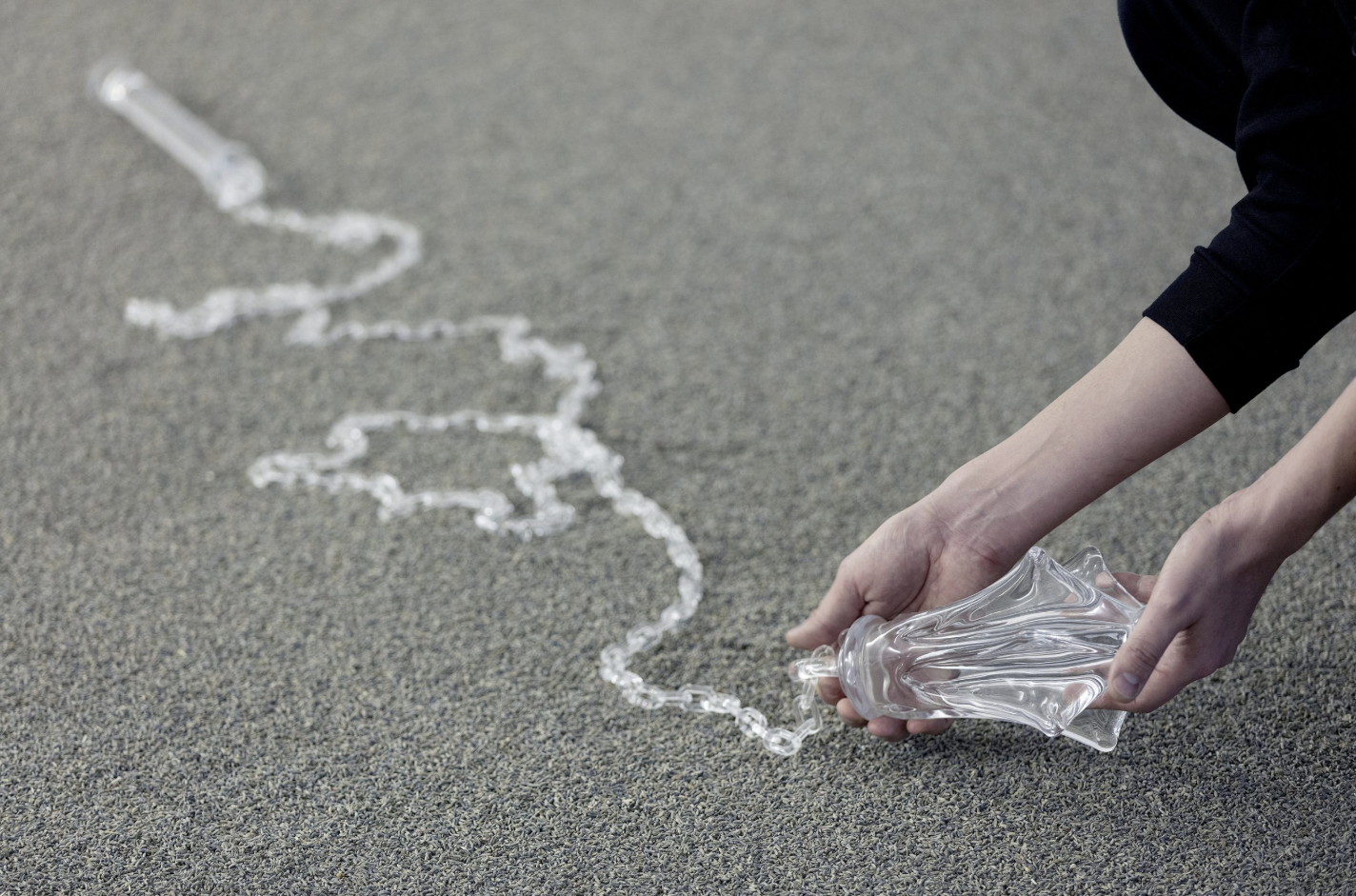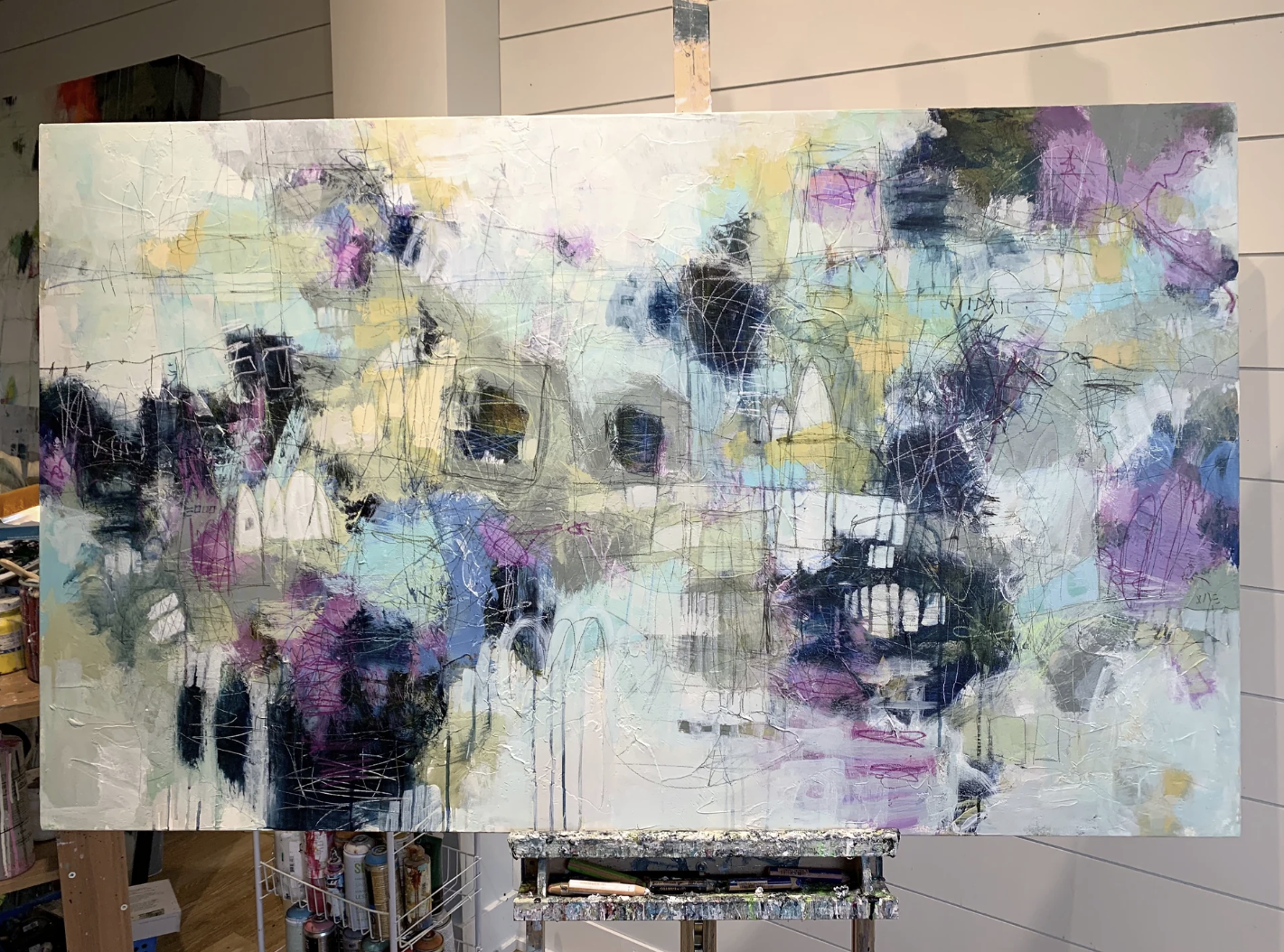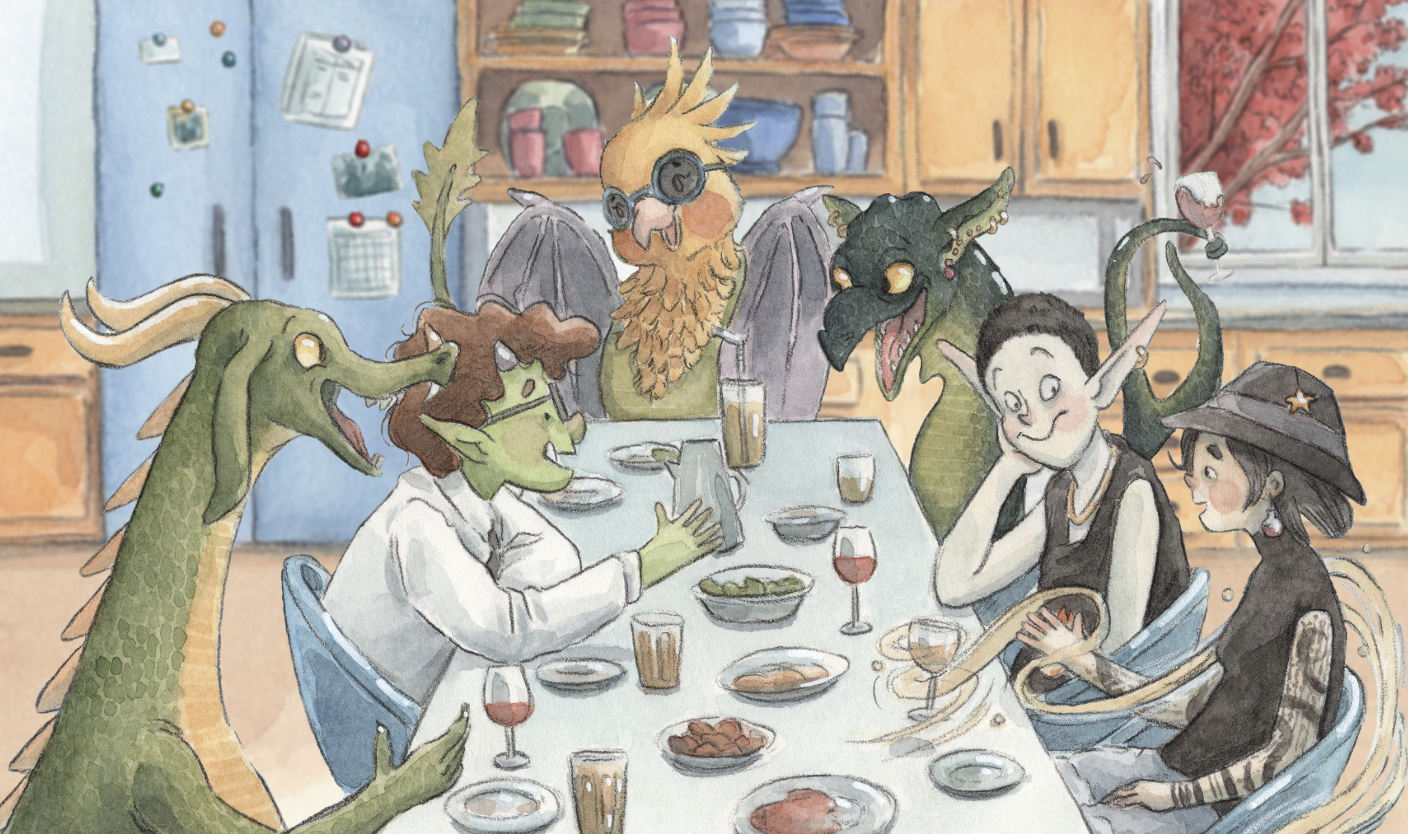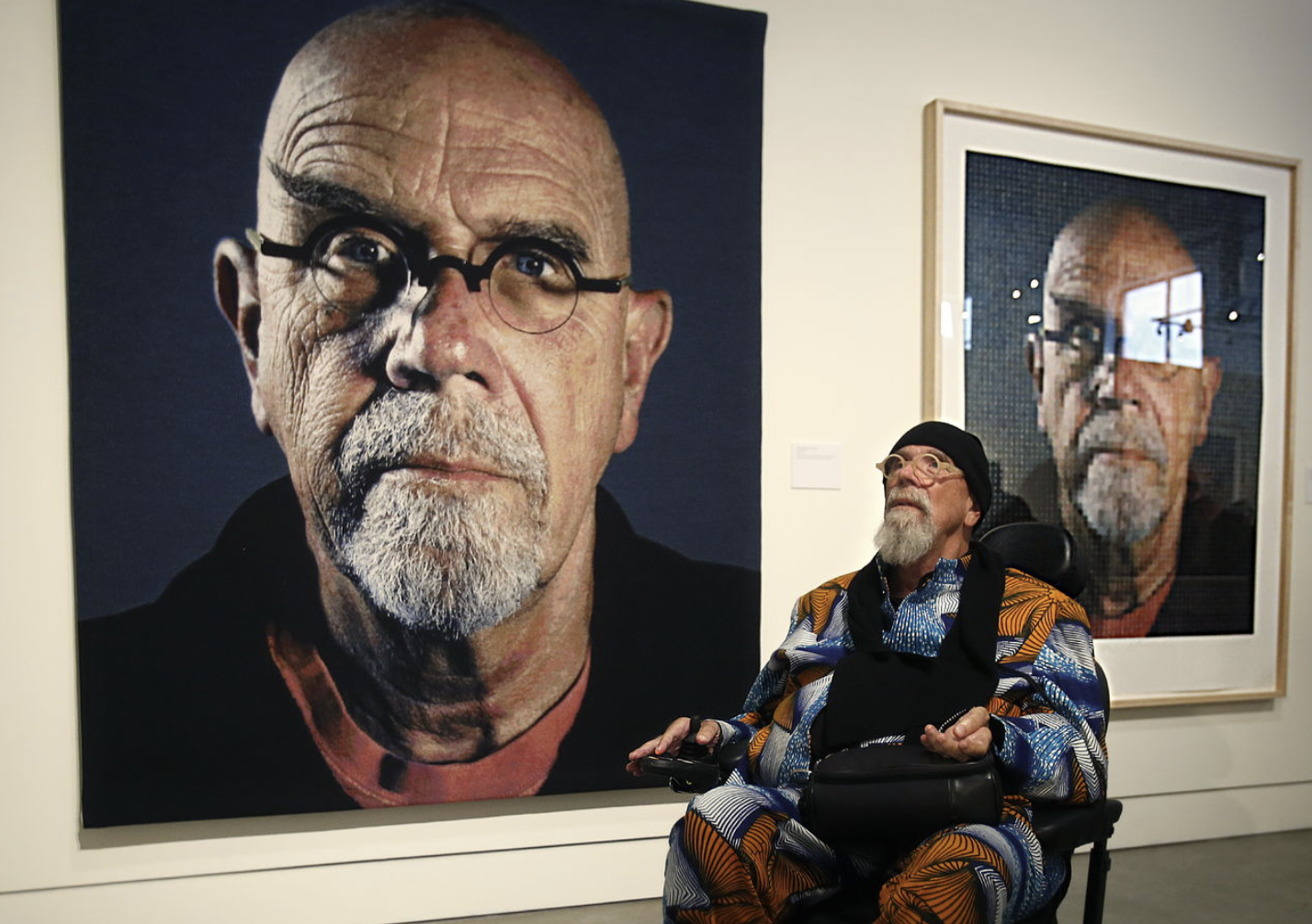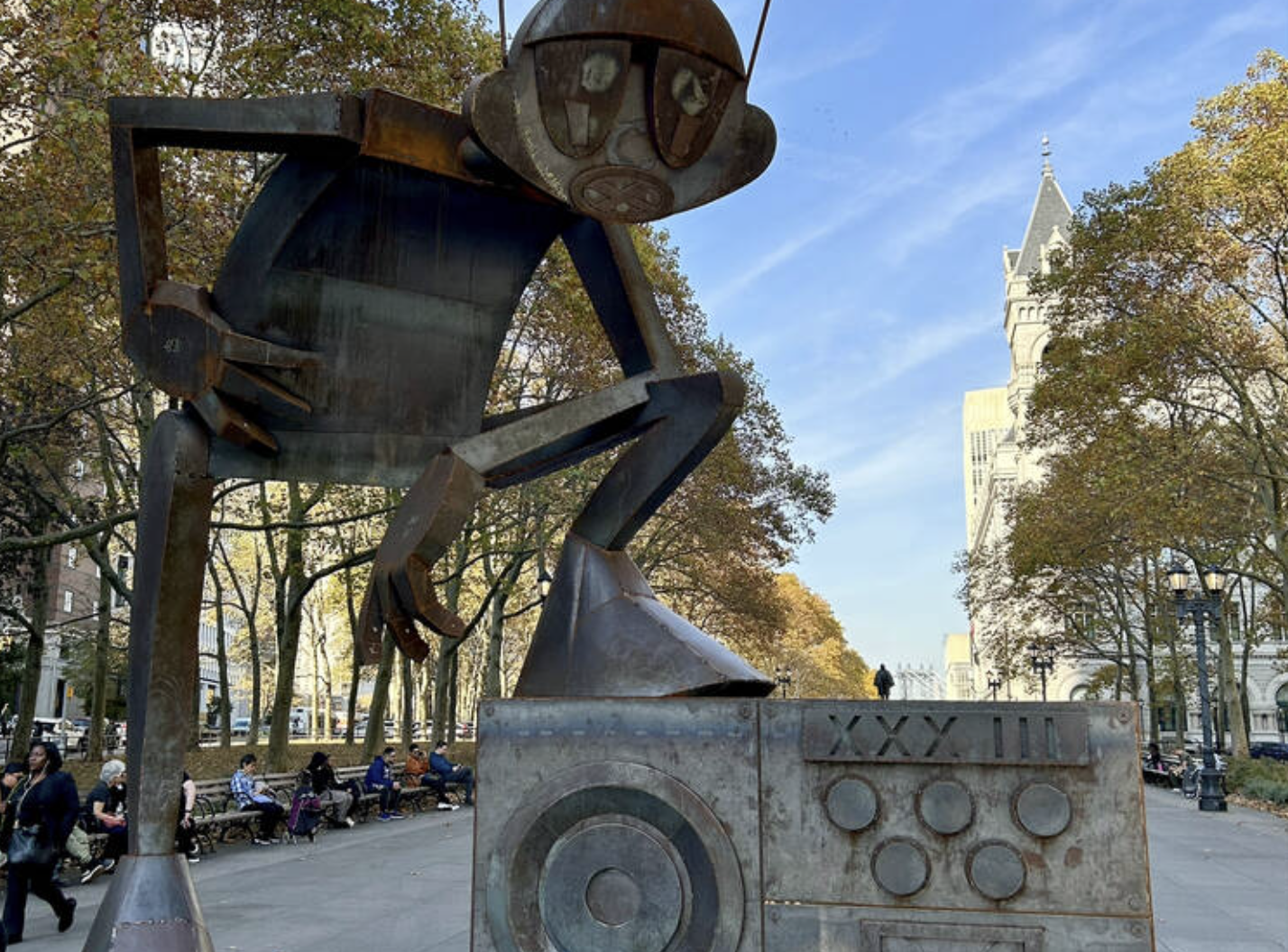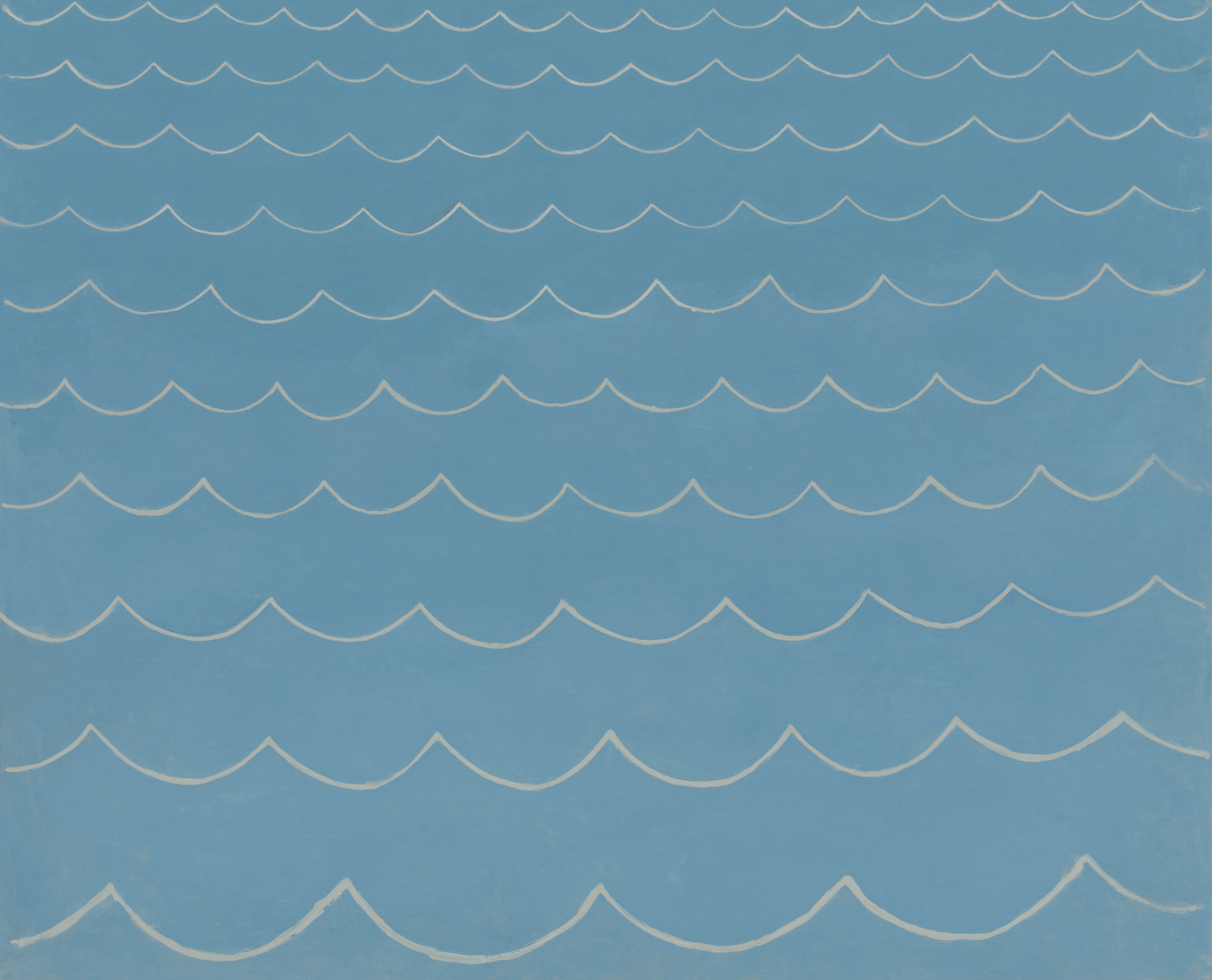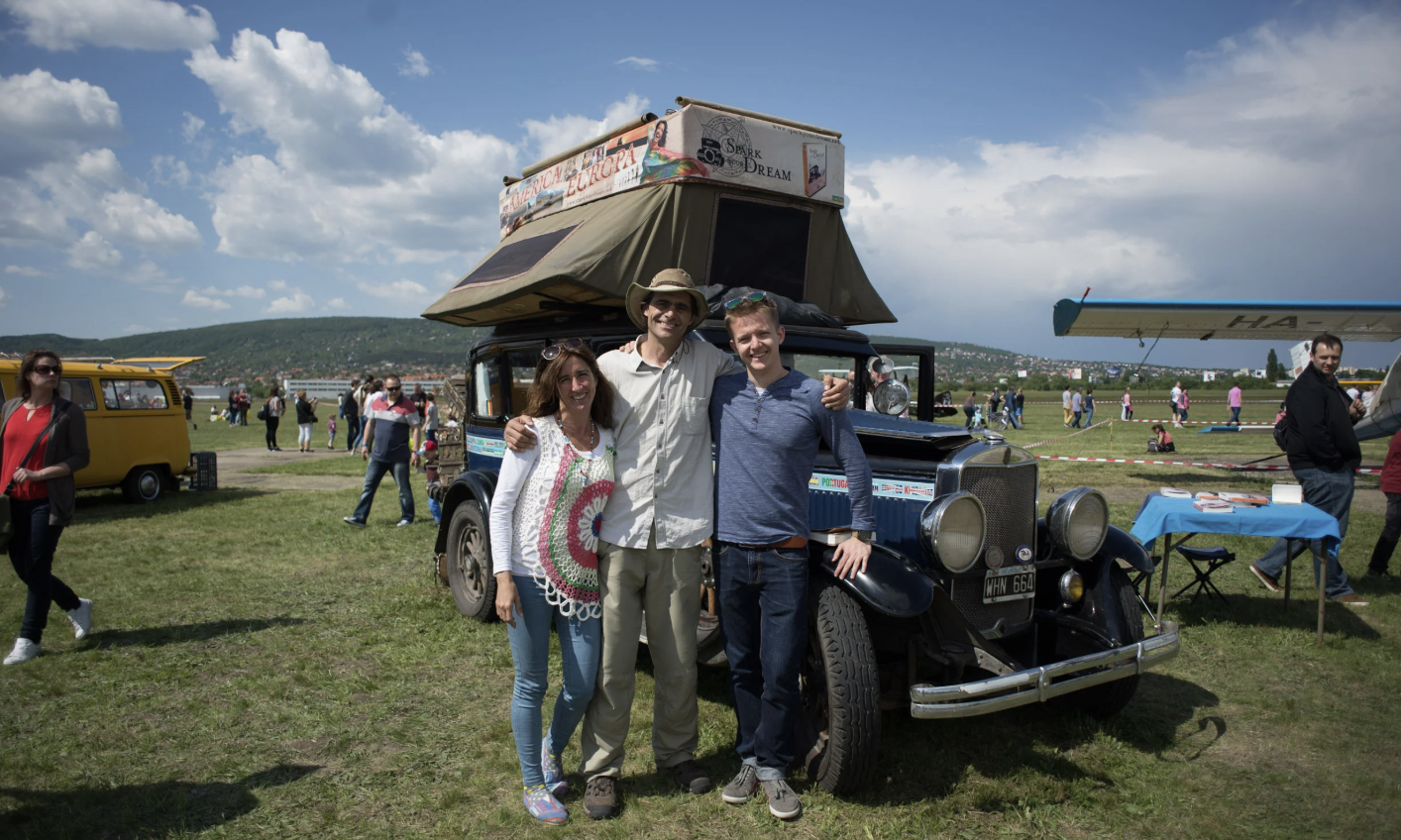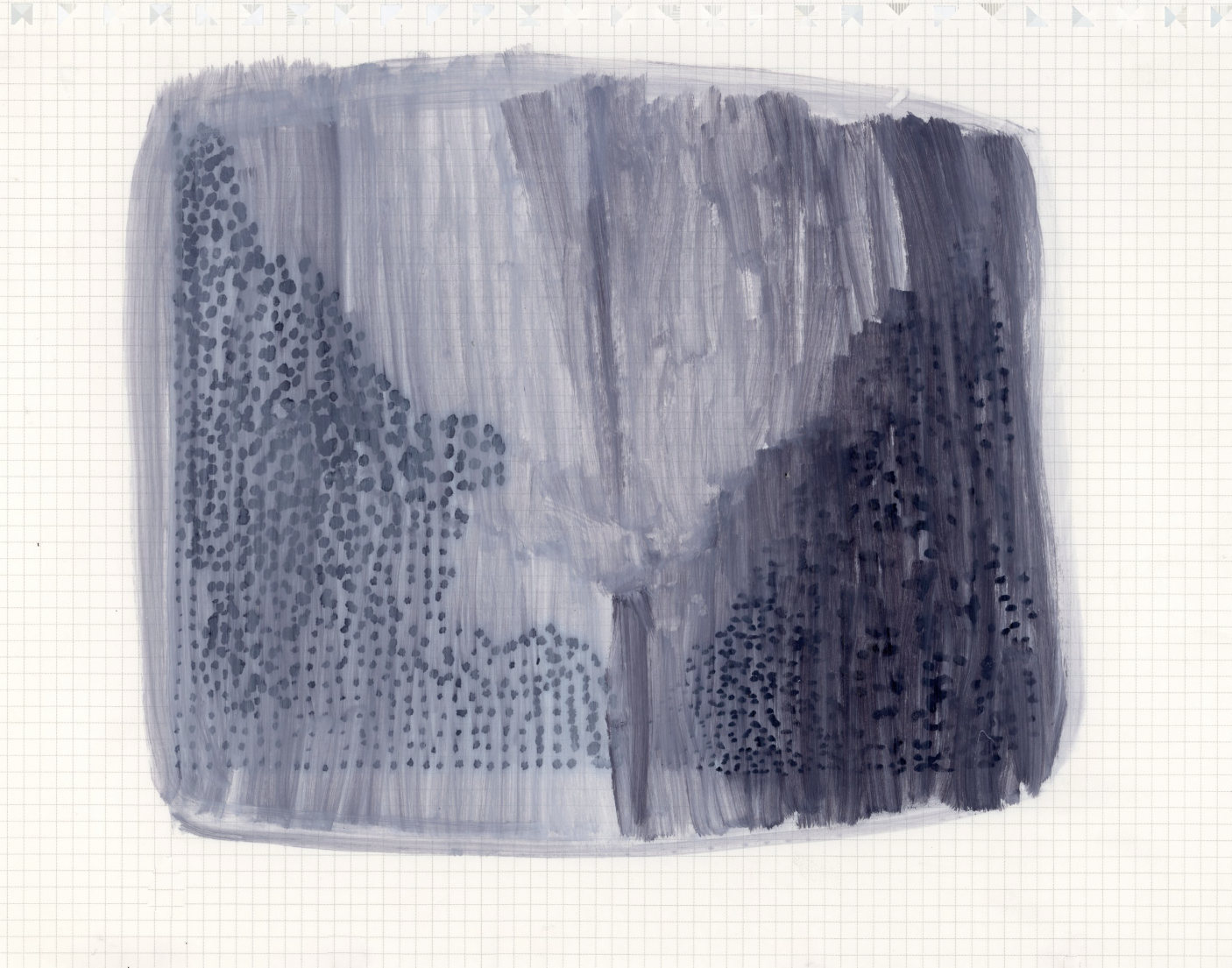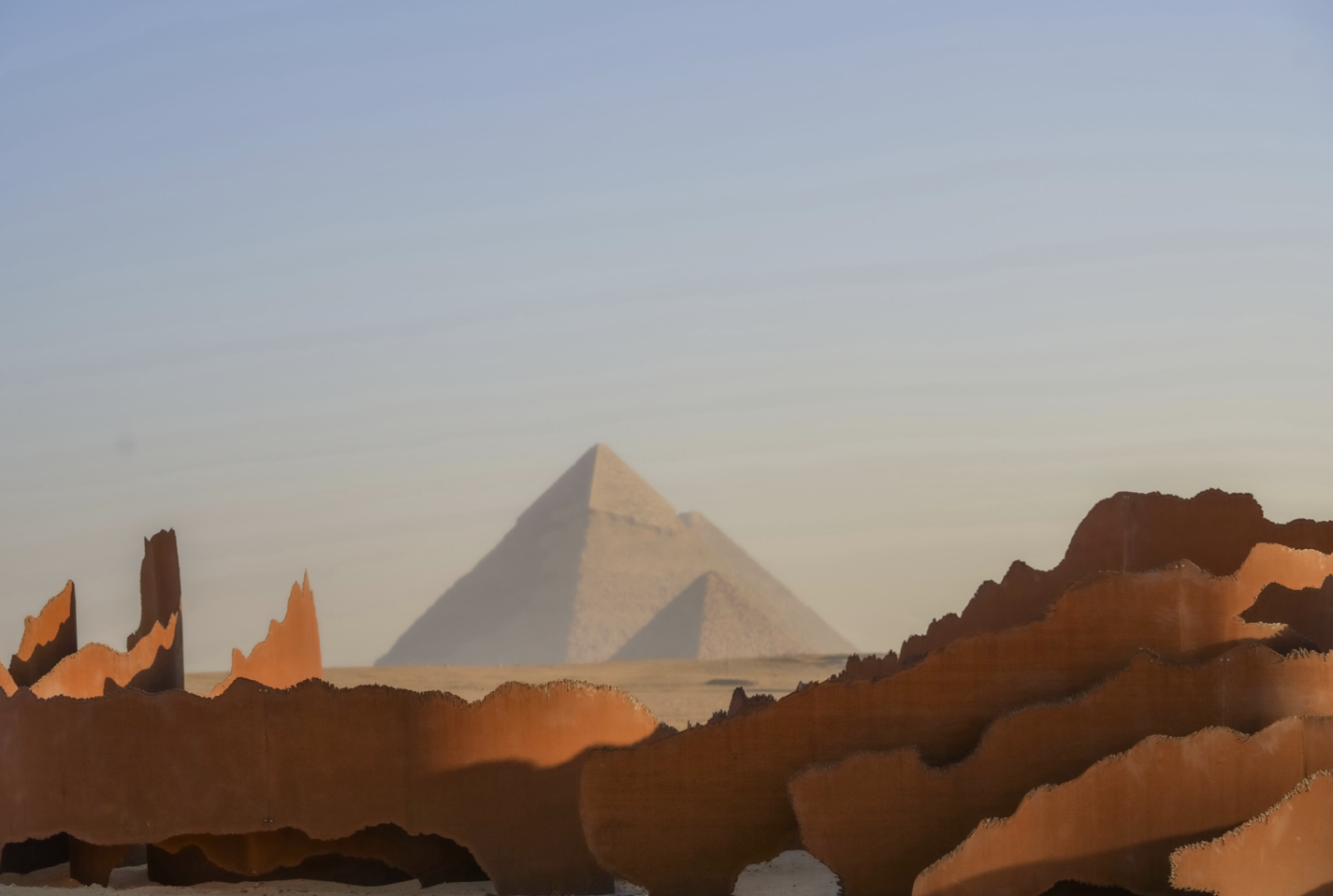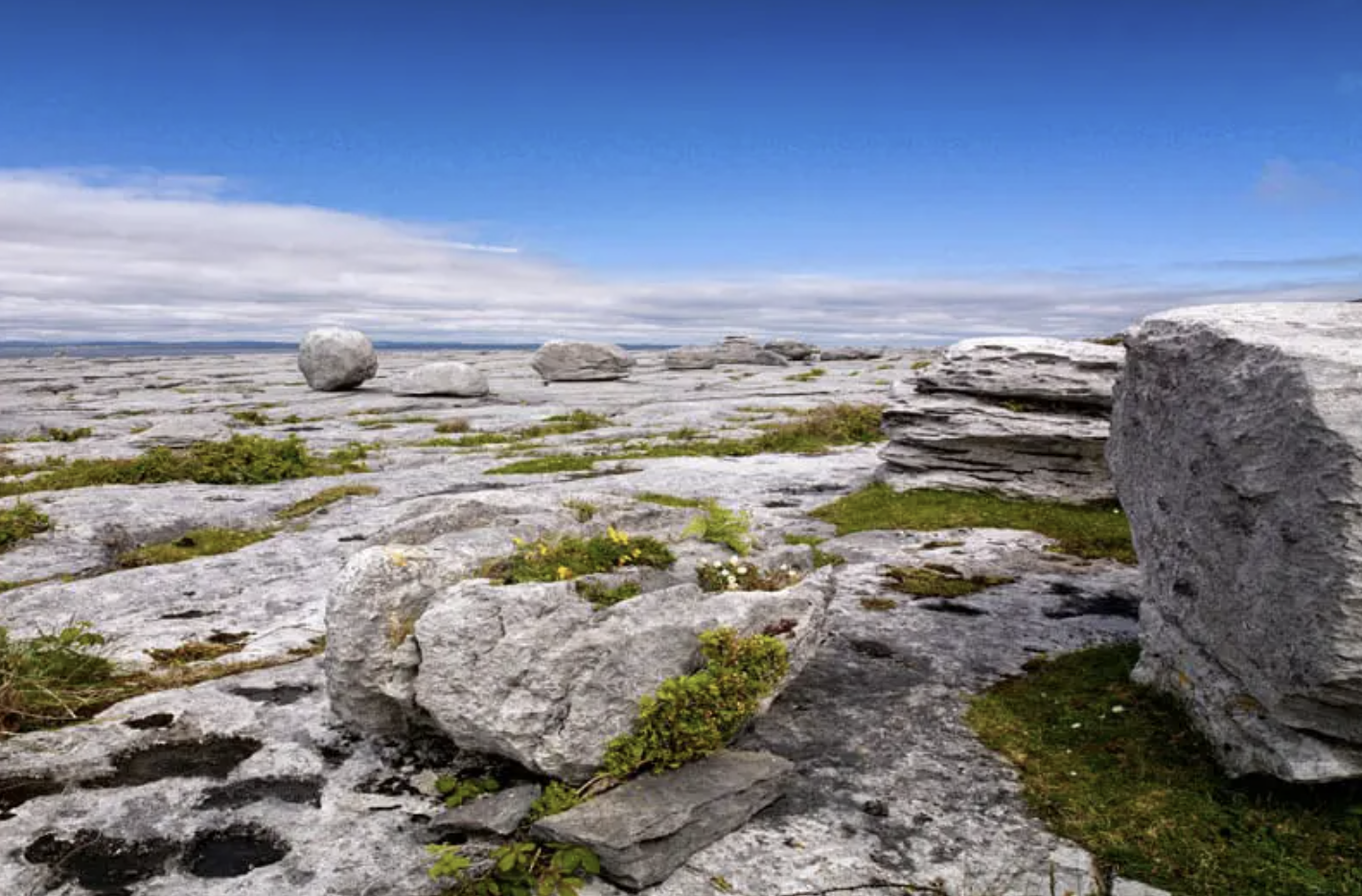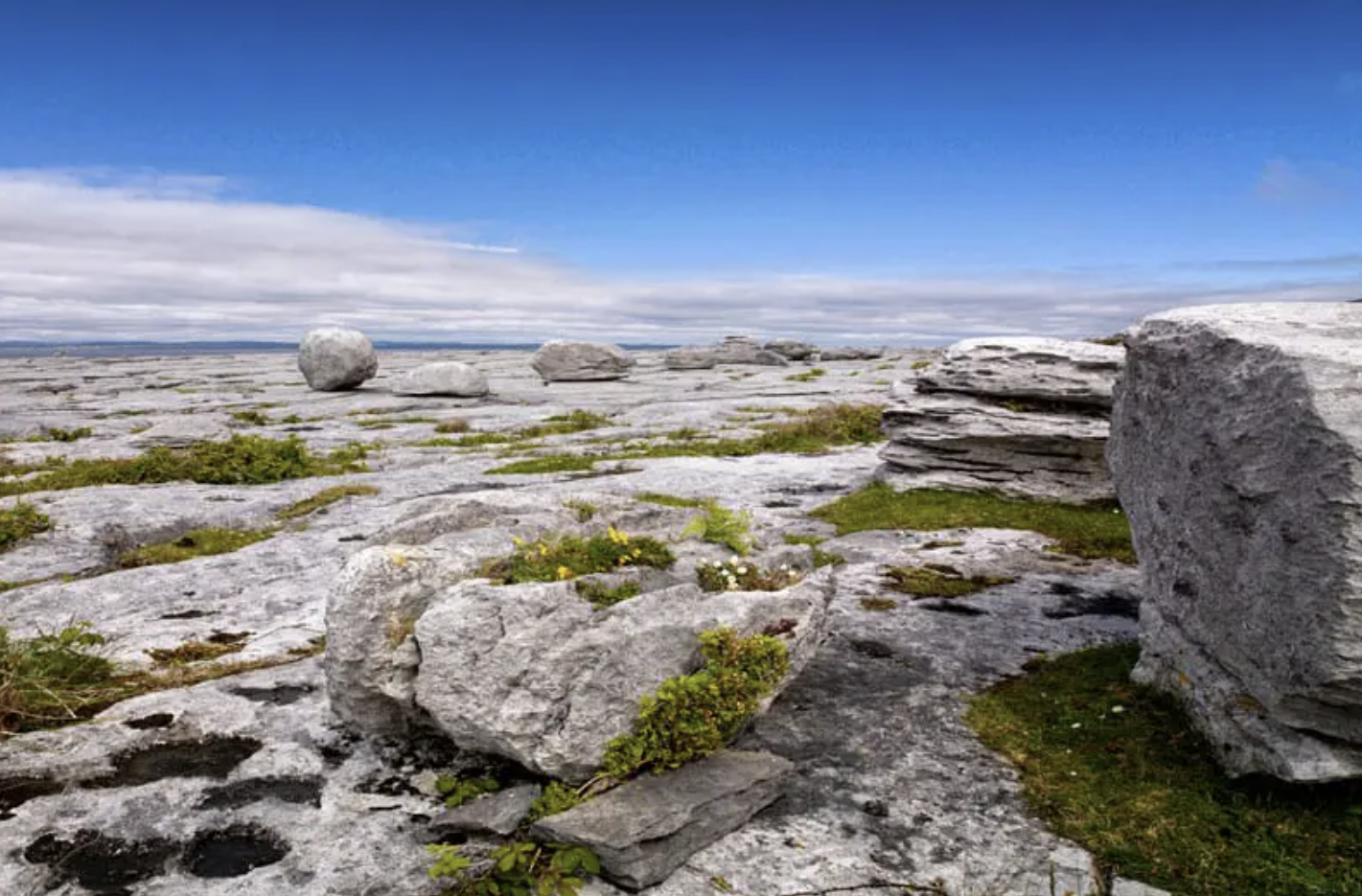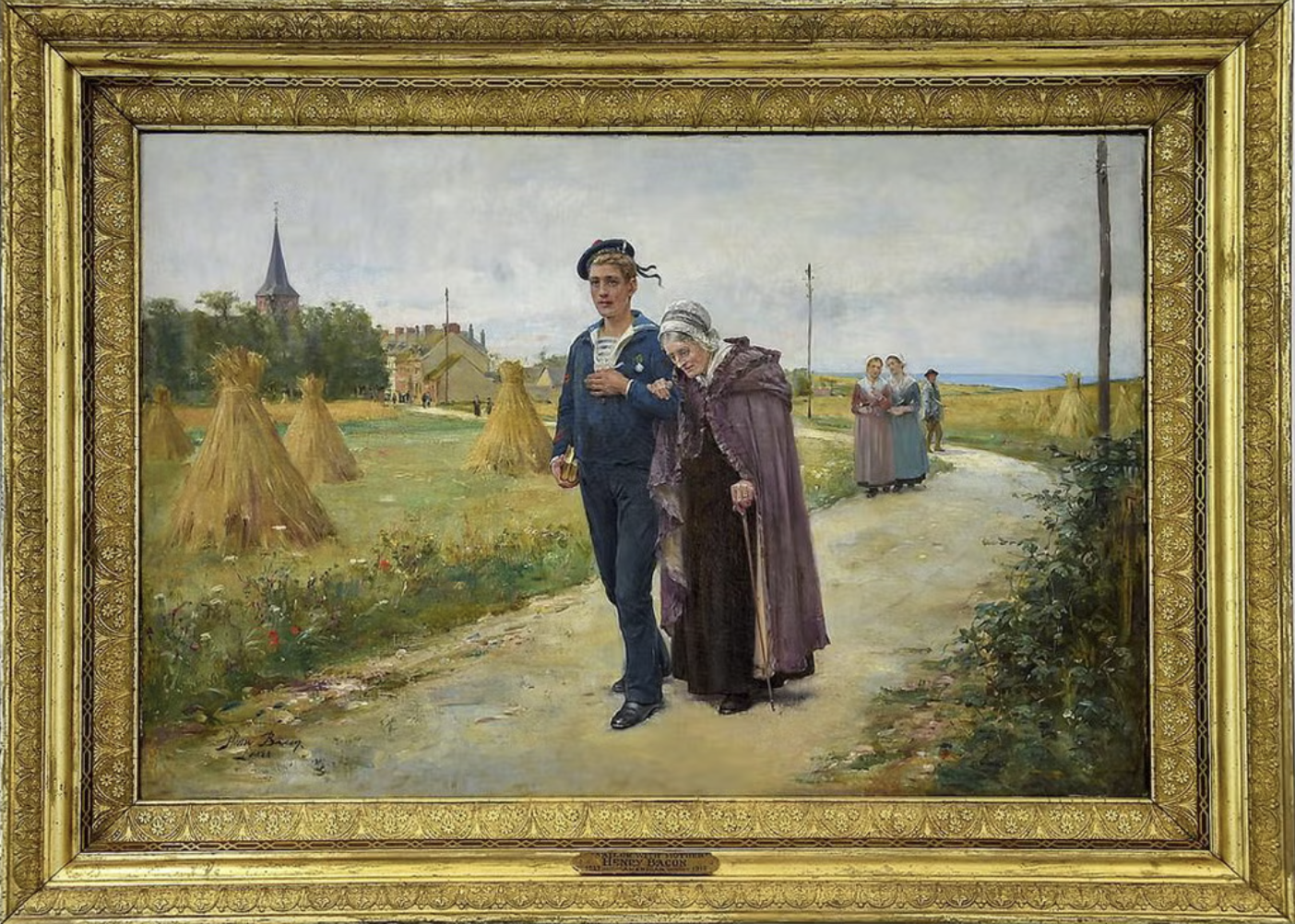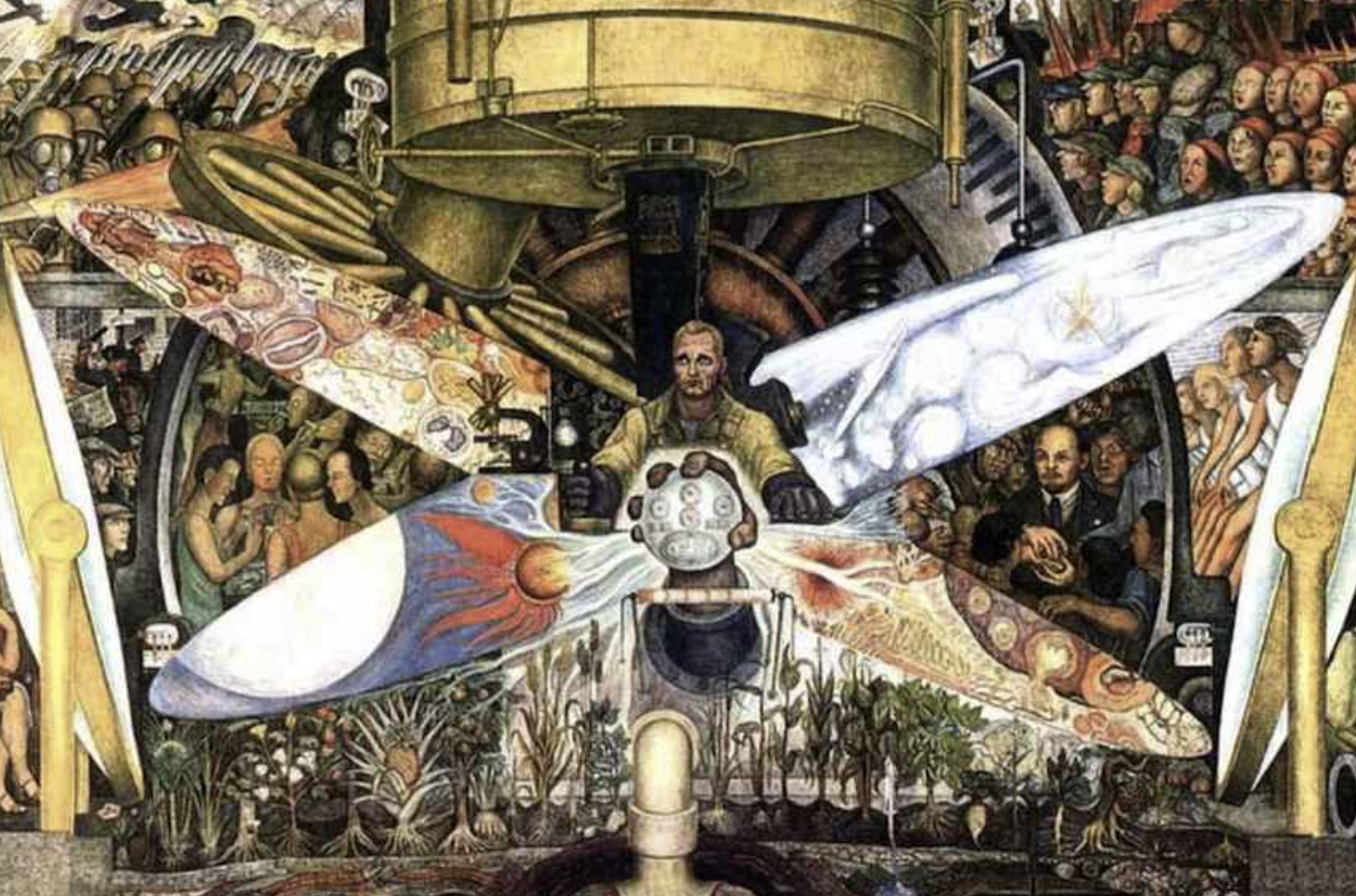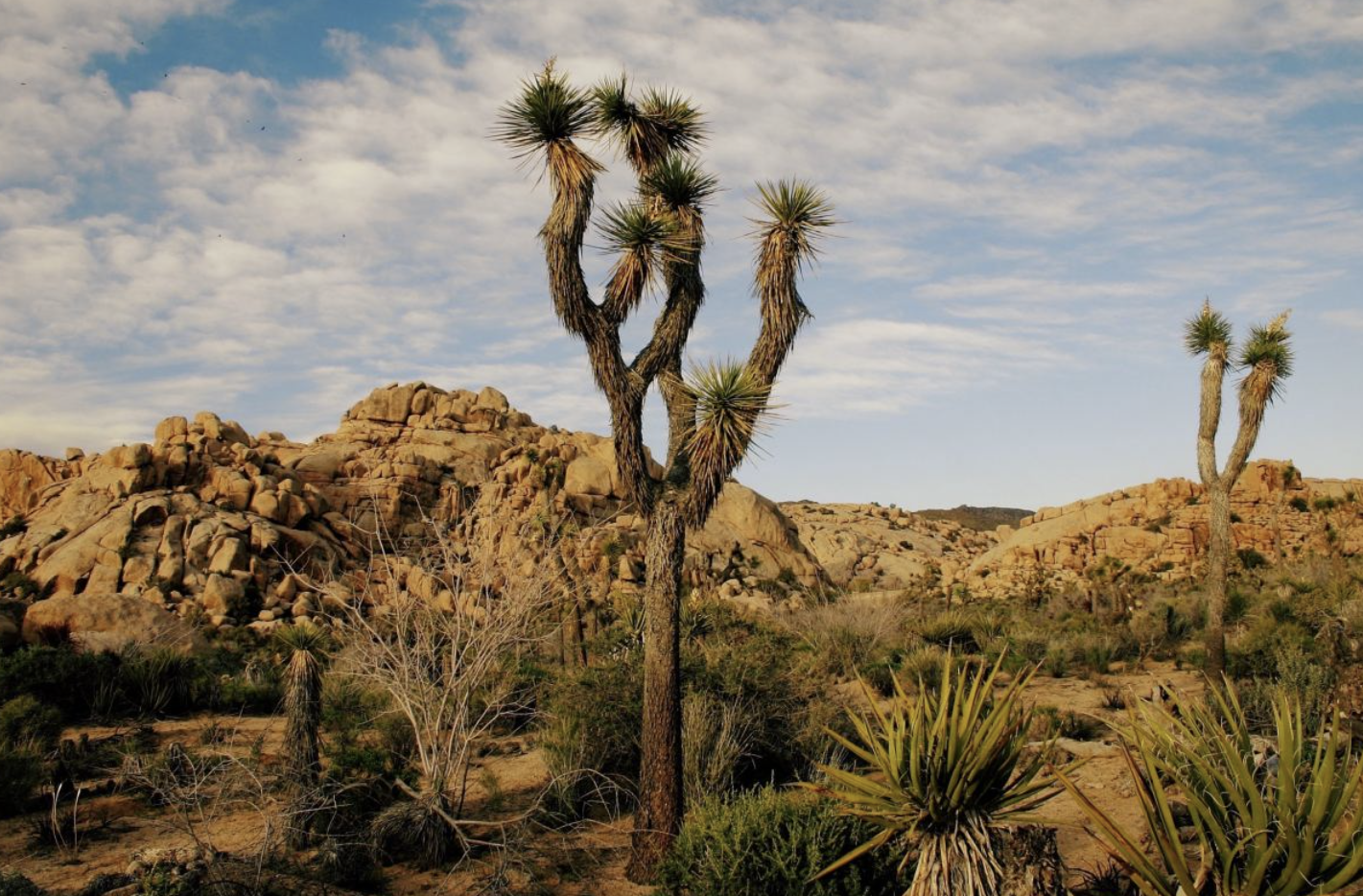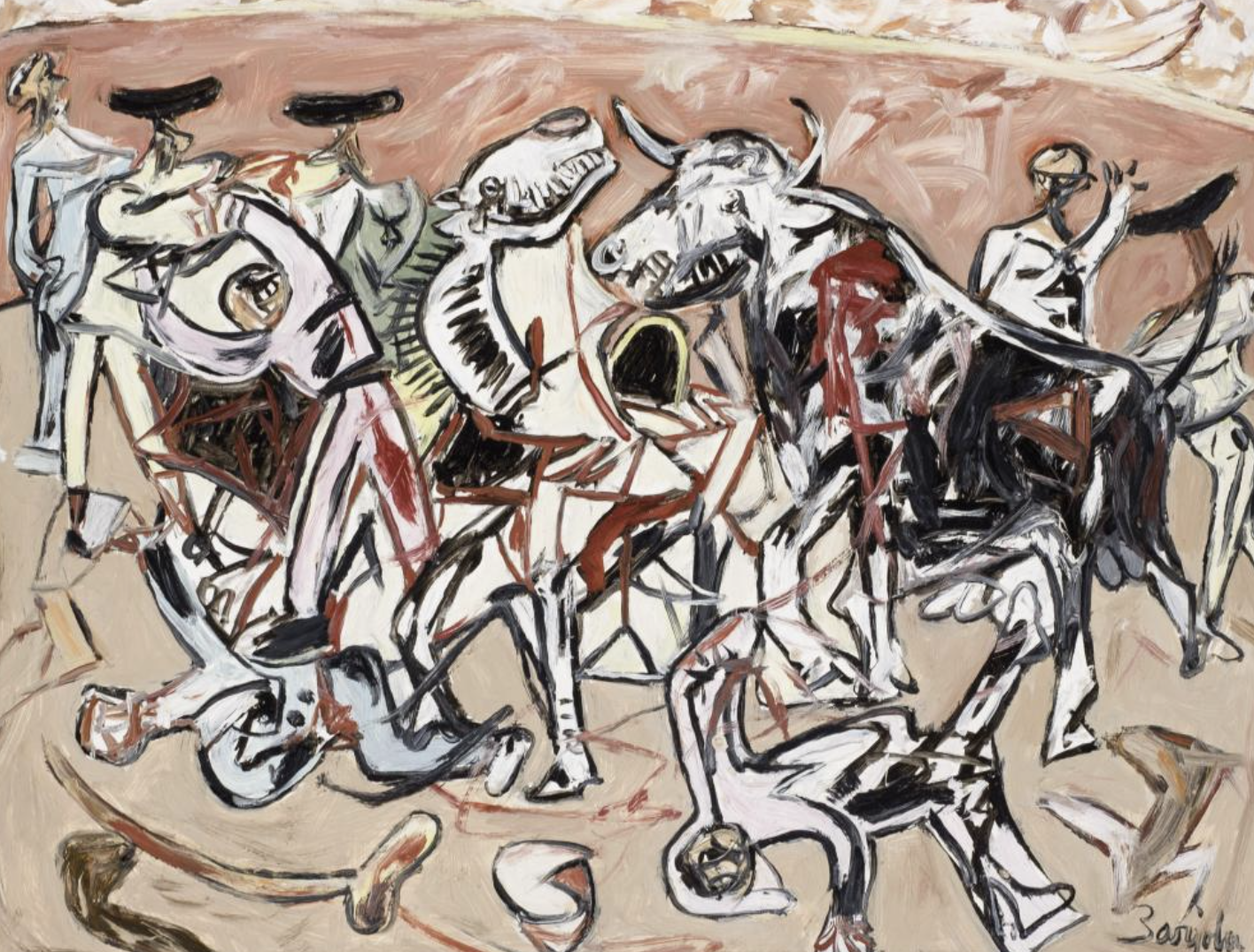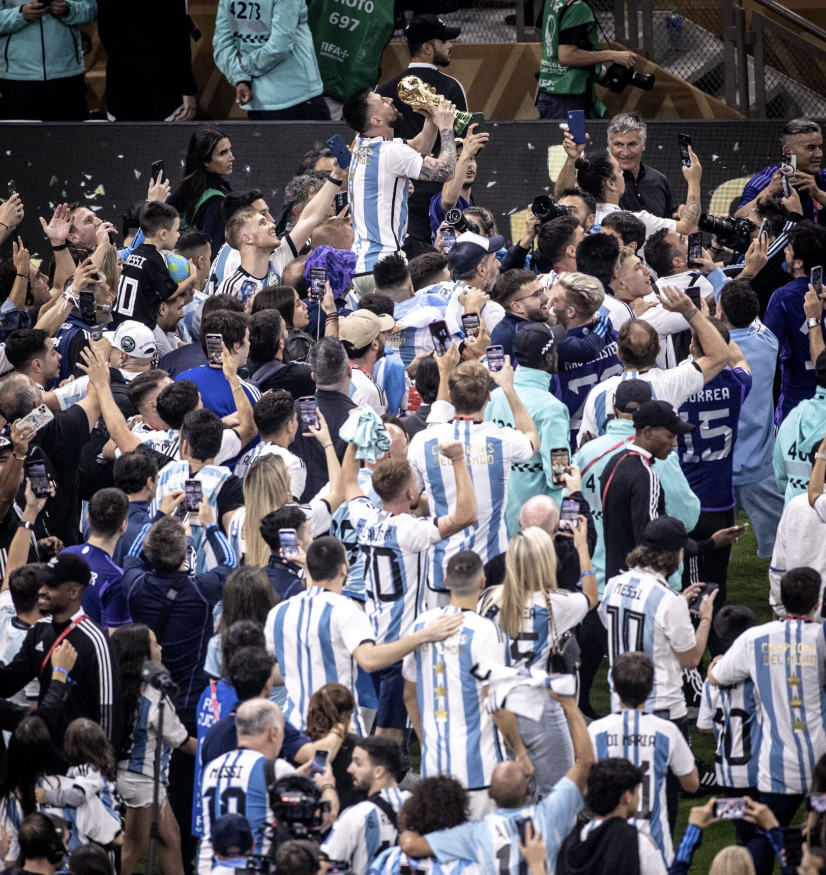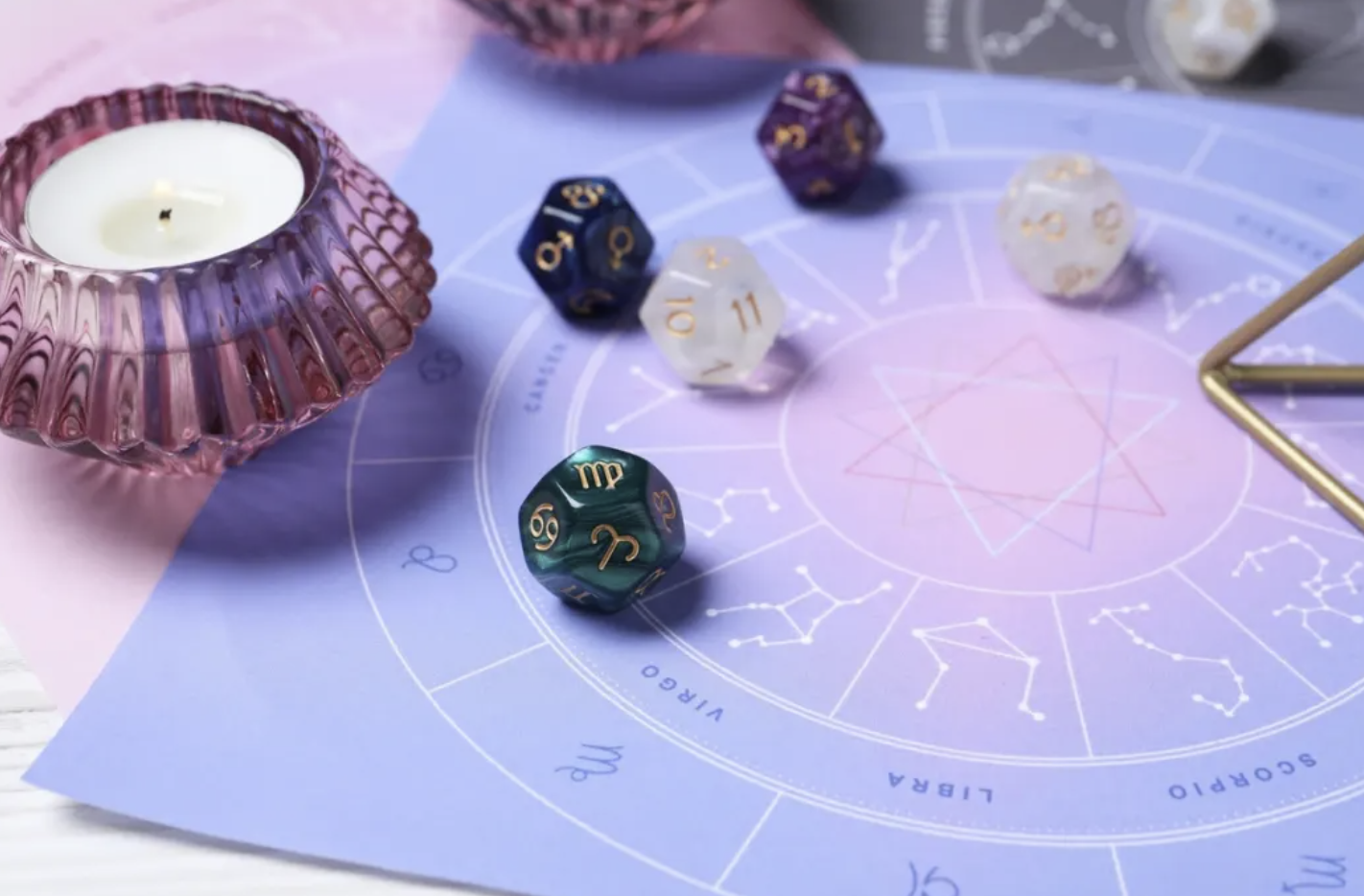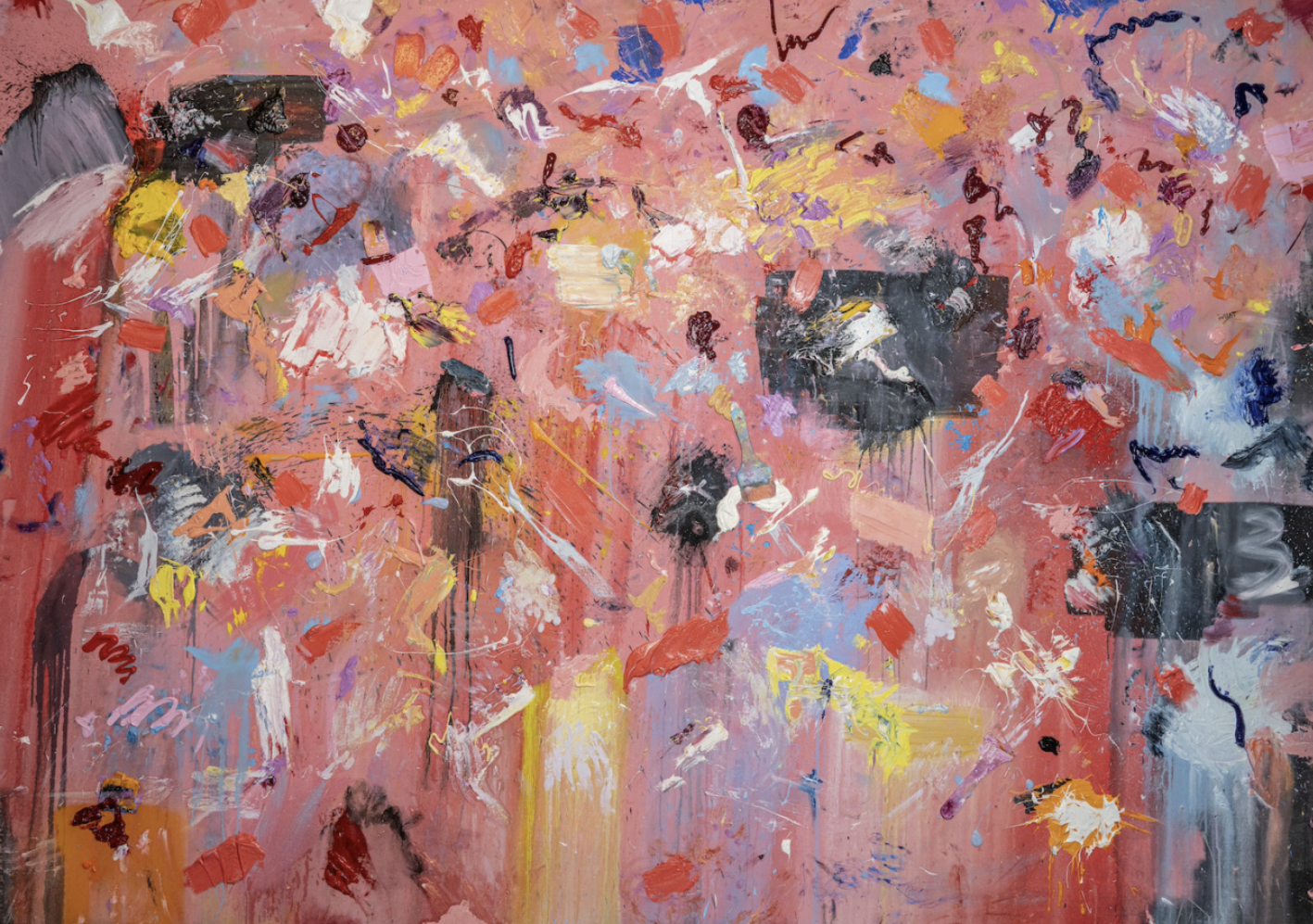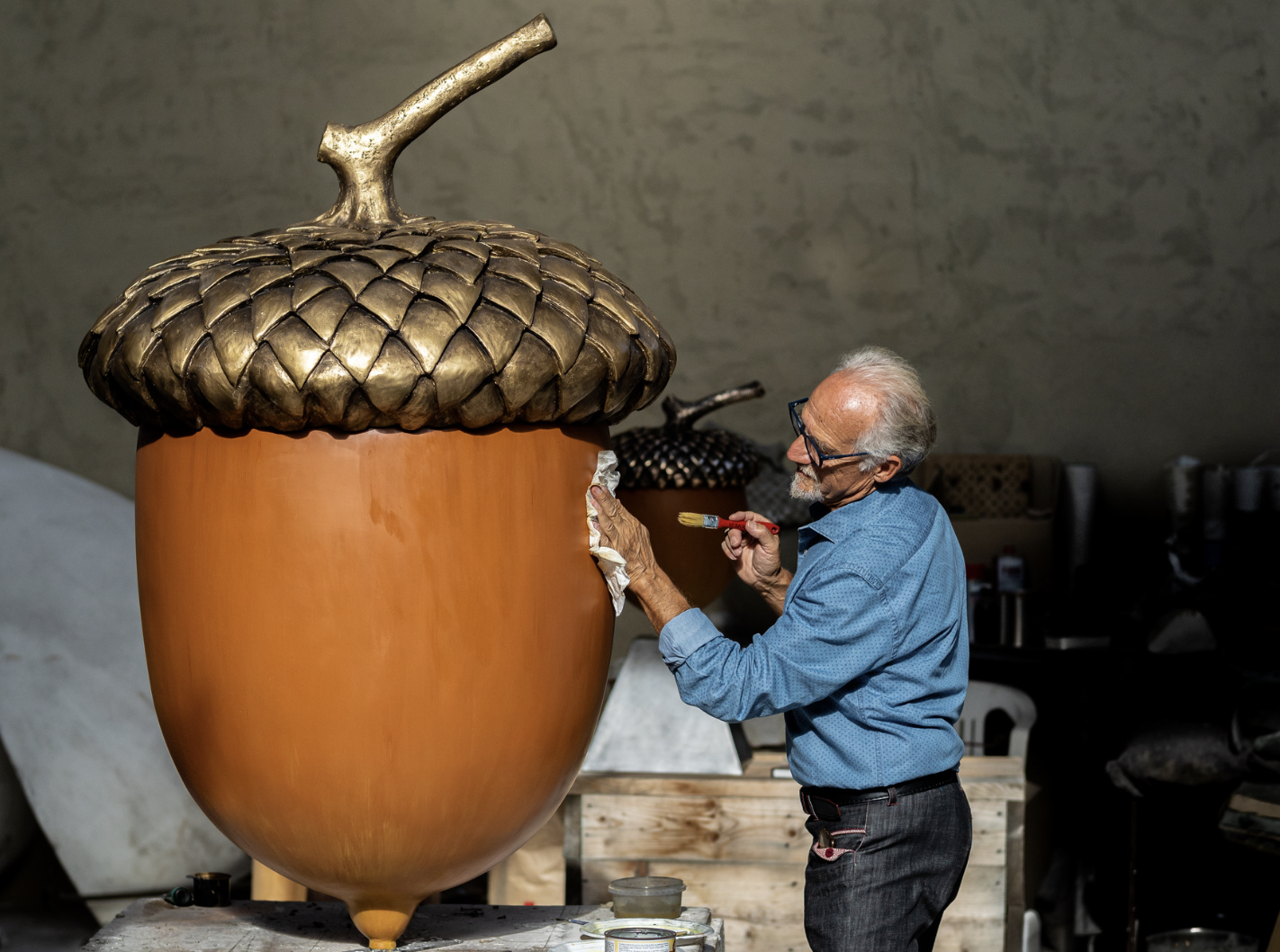
Stepping into the world of artist Federico Cartas is like entering a laboratory where art is born from the unpredictable forces of nature and science. His recent exhibition, “Tinta Viva,” showcased at Alchemy Gallery in New York City from January 26th to February 25th, 2024, is a prime example of his captivating approach, presenting striking paper works created through controlled explosions.
Cartas’s process is a fascinating blend of precision and chance. He describes it as aiming for the “perfect accident,” meticulously combining elements from physics and chemistry, alongside considerable trial and error. The resulting pieces are not merely paintings but tangible records of energy released and matter dispersed.
What truly sets Cartas’s work apart is his fearless use of unconventional materials. Forget traditional paints and canvases; his palette includes things like his own blood, various inks, explosive powders, and even lava dust sourced from locations like Italy’s Mount Etna. This choice of materials isn’t random; each element carries symbolic weight. His blood connects the work directly to his physical being and personal history, specifically linked to an accident from his past, viewing the process as a form of offering or completion. The use of lava speaks to the raw power and unpredictable energy of the Earth itself. Like artists from the Arte Povera movement who embraced everyday and unconventional materials, Cartas focuses on the act of creation and the properties of his chosen substances.
The interaction of these diverse materials during the explosive process yields incredible visual textures and patterns on the paper. White ink bursts against black paper, and black ink contrasts with white, forming intricate, uncontrolled shapes. Looking closely, you might see formations resembling new rocks or mineral structures; zoom out, and they transform into vast, swirling galaxies or clusters of stars. It’s a captivating interplay of micro and macro perspectives, echoing the natural world.
Cartas’s technique is deeply influenced by scientific principles. The forces at play during the explosions – aerodynamics, centrifugal force, even environmental factors like altitude and wind temperature – all contribute to the final outcome. He notes how explosions differ between locations like New York City and Mexico City due to variations in altitude and oxygen levels. This scientific rigor is also reflected in the titles of his works, often referencing physics and astronomy. The pieces, sometimes presented as multi-panel diptychs or triptychs, convey a sense of dynamic, uncontrolled movement across the surfaces.
Beyond these explosive paper works, Cartas’s creative curiosity extends into other fascinating areas. A short film by Amanda Demme captures the essence of his process, offering a glimpse into the dedication behind his art. He is also developing groundbreaking acoustic sculptures in collaboration with experts at UNAM in Mexico City, exploring how we perceive and experience sound within architectural spaces. This project stems from his background in sound and music production, demonstrating his desire to integrate auditory experiences into his visual practice.
Looking ahead, Cartas continues to explore the intersection of art and science with a new series focusing on meteorites found in the deserts of northern Mexico. He is interested in their materials, weight differences compared to terrestrial substances like lava, and the tensions represented by positioning them with high-strength lasers.
Federico Cartas’s work is a compelling journey into the forces that shape our world, both natural and personal. By harnessing the power of explosions and embracing unconventional materials, he creates art that is visually stunning, intellectually stimulating, and deeply rooted in scientific inquiry and personal experience. It’s a reminder that the most extraordinary art can sometimes emerge from the most unexpected processes.


